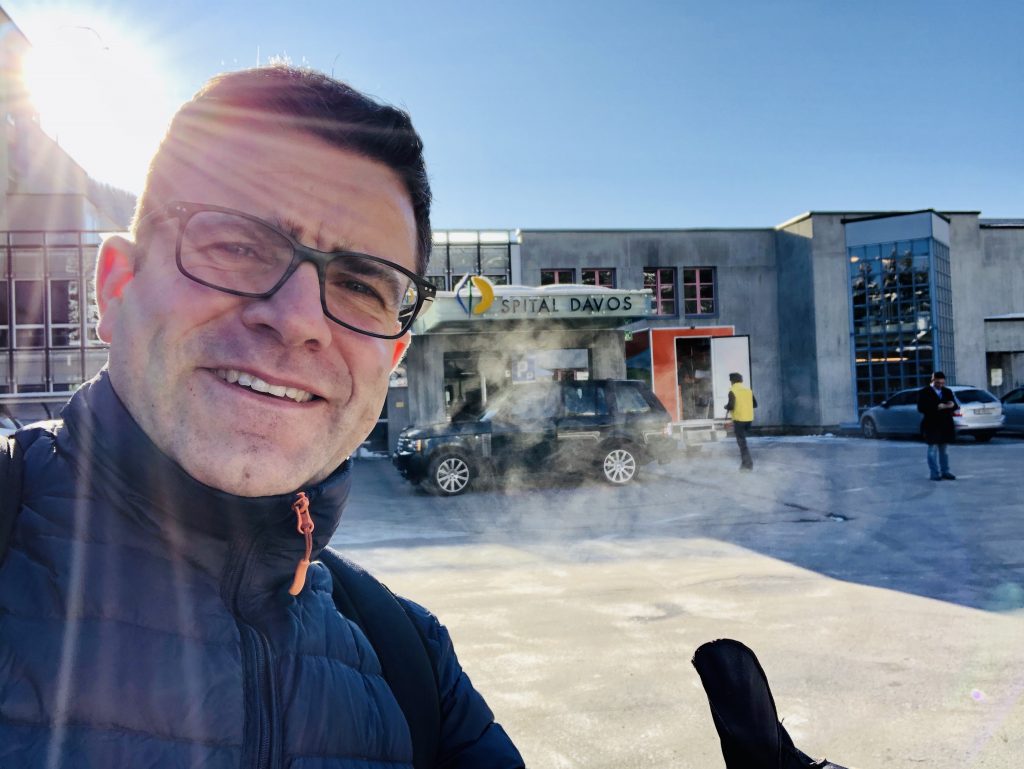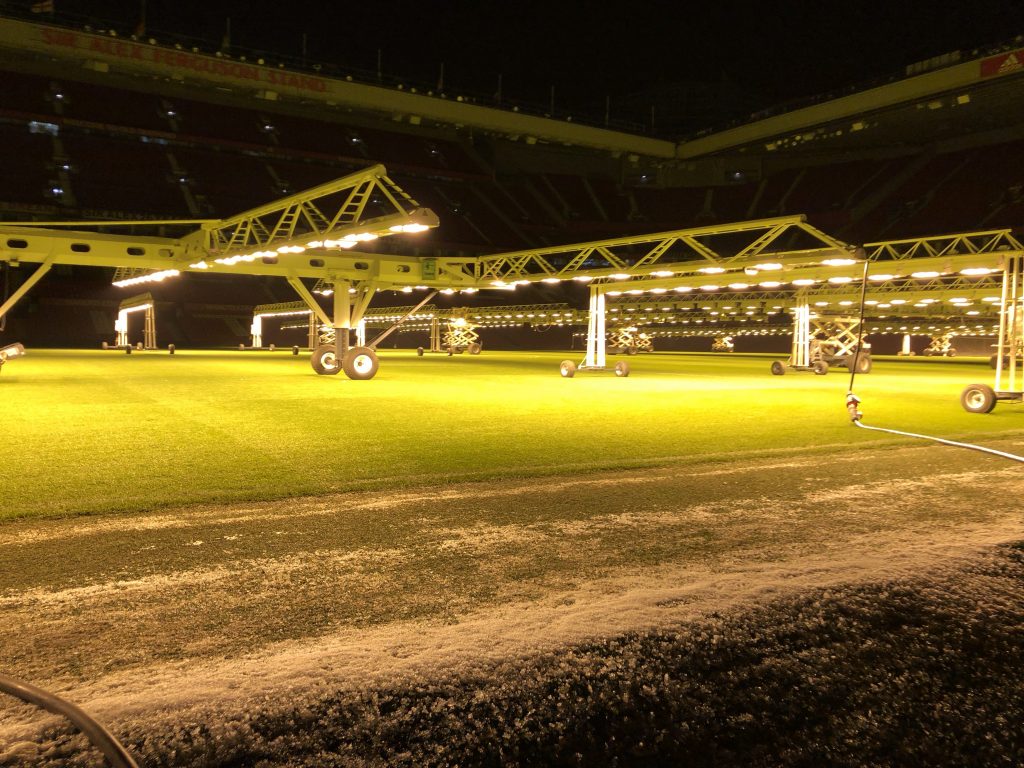
Full link to the free article can be found here.

Full link to the free article can be found here.

Photo by David Hofmann
We have written this blog due an increased prevalence of this seen in our clinics over the past few months and also fortuitously coinciding with a valuable resource being made available from my Sports and Exercise Medicine colleagues.
In order for athletes to safely maintain and improve their performance through training they need to balance three key areas: Training, Nutrition and Recovery.
Each of these will need to be individually tailored and monitored to ensure the athlete remains healthy. An imbalance in any of these will lead to the increased chance of injury and poor performance. Clearly the needs of a male ultra-marathon runner will not be the same as a female adolescent dancer.
In simple terms you need your energy intake to cover the energy you are expending in your activity and also to fuel essential metabolic processes. If you don’t have enough energy on board your body will start to be at risk of RED-S. You also can be at risk if you have poor quality recovery complicated by stress and reduced sleep. Ultimately the relative energy shortage causes changes to multiple homestatic pathways (reproductive hormones for example) that will manifest itself to the athlete / coach. Sometimes a change in routine may not be that obvious but simple things such as an extra session per week / cycling to training / poor sleep / stress in its many forms may tip you slowly into RED-S.
In female athletes menstrual cycle changes may be a warning that reproductive hormones are not at normal levels. The female athletic triad was a previous well known example of a form of RED-S encompassing: low energy availability with or without disordered eating patterns, menstrual dysfunction and low bone density. This has been incorporated and evolved into the larger model of RED-S model. This model can be accessed by clicking the link at the end.
Male and female athletes particularly at risk:
If you want to know more about this in greater detail then here is a link to a fantastic resource sponsored by the BASEM (British Association of Sport and Exercise Medicine). Relative Energy Deficiency in Sport.

As you all are aware, due to COVID all elective operating for knee surgery stopped early March. With the majority of private health care providers signing up to assist the NHS then the same rules apply in the NHS and Private Hospitals. The way that surgery will restart is that all patients on waiting lists will be prioritised. This clearly is a simplification of what will actually need to happen in the real world and there will sadly be a backlog. Patients may well need to be re-prioritised if surgery is further delayed.
I am pleased to say that the majority of Private Hospitals are now able to offer surgery for patients with sufficient priority. Patient and surgical risk factors will need to be taken into account plus the very real concerns about COVID. There is clear evidence that if you catch COVID around the time of your surgery that there can be a risk to your life. This exact percentage is difficult to quantify in an individual. All surgery that needs to be undertaken presently will involve a discussion about the risks of COVID. Some people I have seen have already expressed both a desire to wait and continue, bearing in mind the risk. Depending on the local policy of your Private Hospital you may be asked to ‘shield’ for 14 days and have 1 or 2 COVID swabs prior to surgery. Strict criteria for shielding will be given to all surgical patients. Any signs or symptoms of COVID will mean your surgery will be postponed for a prolonged period to allow your system to recover. Any contacts with COVID will again postpone your care.
There is national guidance out for resuming knee surgery and prioritisation of patients. The ‘BASK’ guidance can be found here: https://baskonline.com/professional/wp-content/uploads/sites/5/2020/05/BASK-Document-to-support-Knee-Surgeons-attributing-Priority-to-Elective-Knee-Operations-and-Patients.pdf
Priority 1a – Surgery needed within 24 hours.
Priority 1b – Surgery needed within 72 hours.
Priority 2 – Surgery can be deferred for up to 4 weeks.
Priority 3 – Surgery that can be delayed for up to 3 months.
Priority 4 – Surgery that can be delayed for up to 6 months.
Any knee problems at present are managed virtually and am happy to schedule an appointment. Contact details are available on the website.
Photo by Andre Hunter on Unsplash

Mr Guy is happy to see patients virtually during the COVID crisis. Clearly many people on lockdown have been overusing or injuring their knees trying to keep mentally and physically fit!
If you want to organise a virtual video consult then please continue to utilise the mobile numbers / email provided on this website. Your insurance companies will need to be informed and we can also see self-funding patients.
Virtual consultations are clearly safe but not as ‘effective’ as a human interaction and examination face to face. Current guidelines mean we are unable to meet in person but this is a trade-off we will need to accept.
I would hope that with consultations and complementary imaging / scans will allow us to plan effectively what treatment you potentially may need.
Mr Guy and the team wish you all stay well and are here if you need care for your knee complaint. Please keep social distancing #Covid19 #StayAtHome
Photo by Priscilla Du Preez on Unsplash

Mr Guy was fortunate to be sponsored to take part in a prestigious International AO ‘Masters’ Trauma course. The course took place at altitude in the beautiful Swiss ski-resort of Davos. Sadly no skiing took place despite idyllic conditions! The course was intense and focused on lower limb trauma. It was a fantastic meeting of surgeons from all round the world who are experts in their field. The teaching took part in the large AO conference area in Davos but also cadaveric work in the local hospital. The highlight for Mr Guy was the traditional evening fireside lectures. These involved sitting in front of a roaring fire in an informal atmosphere discussing some of the worst knee injuries imaginable was certainly rewarding.
Mr Guy was delighted to part of a multi-agency team to provide emergency medical cover to the Bramham Horse Trials. The weather was predicted to be quite poor but turned out to not be as severe. Many spectators braved the initial wet weather and were rewarded with a great show of riding talent at the cross country. Fortunately for the medical teams the inclement weather reduced some riskier behaviour and several riders went for less risky alternative routes instead of the higher risk fences.

Cross country horse racing is one of the highest risk sports. The main concern being the amount of energy that is absorbed when riders become unseated when they travel at high speed from a tall animal. All riders now have air bags attached that go off when they are unseated and most riders are quite short of breath when they go off. Due to the mechanism of injury the riders can sustain a multitude of significant injuries in particular serious head, spinal, and long bone injuries. The trauma team above is one of a series of teams who work together to cover all the fences on the day.
A recent article in the BMJ looked back at a 10 year period of horse related injuries presenting to a Level 1 Trauma Centre. Injuries sustained fell in to two main categories – falling from a horse 68% and being kicked by a horse 17%. 88% of the injured were female however males who presented showed a significantly higher likelihood for a serious injury. Head injuries were the most common injury (33%) and also the most likely to cause hospitalisation and need surgery. For full link to article: https://bmjopensem.bmj.com/content/bmjosem/4/1/e000408.full.pdf

The Biological Knee Society was set up by like-minded knee surgeons to promote awareness about the a-la-carte biological options available to preserve function in knees. The meeting served as a great conduit for biological knee surgeons to discuss current literature, techniques, research, innovation and the future of biological knee interventions.
The meeting comprised lectures and live surgical demonstrations from the Arthrex mobile lab on site – with a great demonstration into a growing trend in ACL reconstruction – the use of quadriceps as a graft. Mr Guy already uses Quadriceps in some primary and revision ACL reconstructions. The main themes to the day were the anterior cruciate ligament (ACL), the use of biologics in the knee, articular cartilage repair, meniscal repairs and transplantation and the use of software to collect patient and surgical data / outcomes.
Even though the meeting is for knee ‘surgeons’ it must be said that many of the options discussed at the meeting were injectable techniques to improve local biology and the use of the already established PRP (Platelet Rich Plasma), nSTRIDE (Autologous Protein Solution) and Lipogems.
Link to the B.K.S. http://biologicalkneesociety.uk


An effervescent international faculty were involved in the delivery of the first osteotomy masterclass in London. Mr Guy has previously visited the original site of the Osteotomy Courses in Basingstoke and more recently in Newcastle. The course was well choreographed by Prof Adrian Wilson, Ronald Van Heerwarden and Rags Khakha.
The masterclass provided a valuable update into the ever expanding role of osteotomy in the knee. As a sports knee surgeon Mr Guy has used osteotomies around the knee to correct chronic ligament injuries and also to treat early arthritis in the young or high-demand patients as an alternative biological procedure to avoid joint replacements.
Highlights to the meeting were the live surgical demonstrations of simple to complex osteotomies, biological slope changing osteotomies, intra-articular osteotomy, the use of ‘golden’ wires to prevent far cortex fractures, the role of ACL failure and tibial slope and the pragmatic session on managing complications!

Mr Guy attended an international meeting held in the glorious home of English Cricket. More importantly – did you know that Thomas Lord was a Yorkshireman born in Thirsk!?
The meeting covered a lot of the basic science and evidence for biological treatments around the knee. Surgeons and scientists from around Europe discussed the outcomes from multiple surgical techniques to improve the biological response from surgery and the use of STEM CELLS using micro-fragmented adipose tissue / LIPOGEMS system. More information can be found about lipogems here https://understandlipogems.com/
Treatment of symptomatic cartilage injuries can be complex. There are many treatment modalities available (see website). With the advent of new NICE (clinical guidelines) we are now available under strict circumstances to apply to provide cell therapy. Cell therapy is not a new concept and first generation techniques have been around now for over 30 years. Mr Guy had the distinct pleasure of meeting one of the pioneers of cell therapy, Prof Mats Brittberg from the University of Gothenburg at a cartilage meeting in London.
Cell therapy is the process whereby cartilage cells are harvested from the knee with keyhole surgery (biopsy). The cells are then processed in a lab increasing the number of cartilage cells and then approximately 4-6 weeks after harvesting they are ‘seeded’ inside a knee during further surgery.
A seminal article in the New England Journal of Medicine by Prof Brittberg can be found here about treating cartilage defects. https://www.nejm.org/doi/full/10.1056/nejm199410063311401
